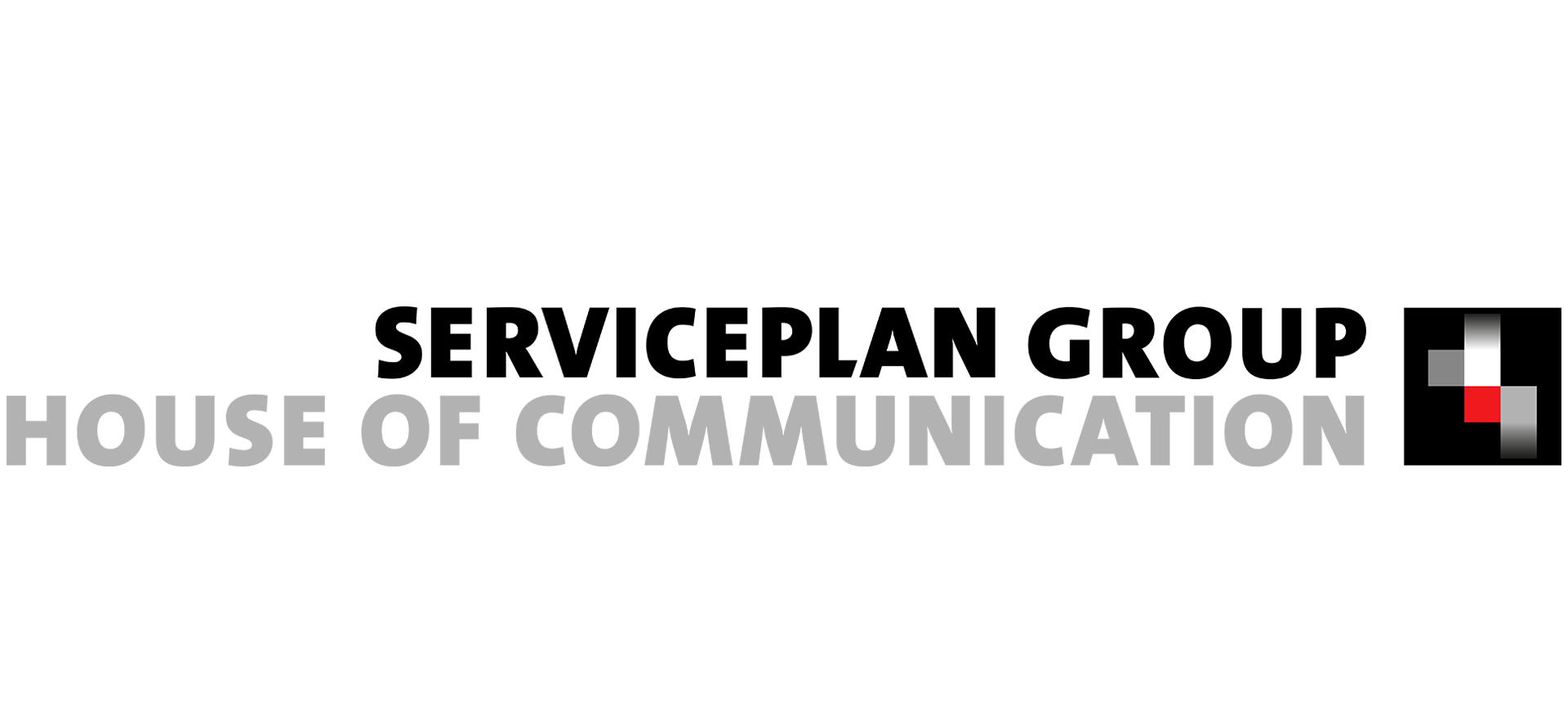- Performance Marketing in the New Normality - 20. May 2020
- Search engine marketing of the future - 10. May 2019
- Context beats keywords - 25. October 2017
The global Coronavirus Pandemic has slowed the german economy down, which has been accompanied by massive sales losses for large parts of the retail trade. Even the slow easing of regulations will not lead to a short-term recovery in the economic situation of many companies. In this situation, online trade has not only been able to prove itself as an alternative sales channel, but has also emerged from its shadowy digital existence. The new circumstances continue to offer great opportunities for digital marketing.
Paid Media plays an outstanding role in addressing the right target groups. As experts in the field of performance marketing, we have identified the most important developments and trends for you by analysing our customer campaigns on the channels Google Search, Google Display Network (GDN) and YouTube. All statements refer to paid search, as they usually have a consumption-related background.
Our findings do not take place in a vacuum: In recent weeks, customers have already reacted to the altered situation by reducing or increasing their budgets; the same applies to the competition. These effects are reflected in the analysis as well as adapted user behavior.
Google Search:
With the start of the lockdown and consequent restrictions on leaving the house, impressions of paid search ads across our cross-industry client portfolio declined by an average of 29 percent. It was not until the first week of April that we saw a resurgence. One explanatory approach is that the consumer behaviour of consumers had clearly clouded over from the first days of the strict Coronavirus lockdown measures. This was because the volume of brand-related and transactional search queries in particular had fallen significantly. Informational searches on the nature and course of the pandemic have occupied people more than consumption.
After just under two weeks, however, an initial recovery in demand can be observed. The online search is thus also a good indicator of the increased need for information in society. As a result of the falling demand while competition remained the same or perhaps even increased, click prices rose significantly in mid/late March. In April, the CPC already dropped again significantly as some advertisers temporarily reduced their budgets. This dynamic will continue until the market situation is clarified. However, this will only delay the long-term trend towards rising click prices on Google.
Another special feature that we were able to observe in our analyses is that, although the majority of all searches are still generated from mobile devices, the share of desktop searches has risen significantly from February to March compared to February. This is probably related to the increased use of laptop and desktop devices in the home office. In our experience, desktop searches convert better than mobile requests, so here too is an advantage in terms of campaign success that should not be underestimated.
When considering demographic factors, it is noticeable that the aforementioned decline in search demand was significantly lower for women than for men. The female target group still has more consumer wishes, which are also in demand during the Coronavirus epidemic.
With regard to the age demographic, the picture is not very surprising: While young users aged between 18 and 24 years show practically no change in the intensity of use, demand in the oldest segment of users aged between 45 and 64 years has fallen by almost a third. As a rule of thumb, therefore, the higher the age of the target group, the more pronounced the fluctuations in search behaviour.
Google Display Network (GDN) / YouTube:
The development in the GDN stands in stark contrast to the development in wanted ads. Impressions on display ads in the Google Ad Universe have increased significantly with the beginning of the pandemic, by an average of 37 percent since mid-March. The still high interaction on GDN campaigns can be used very well for advertisers, since at the same time the prices in this channel fell clearly, partly by 50 per cent.
YouTube is also one of the big winners of the crisis. On the one hand, the audience has become larger and the time spent on the world’s second largest search engine has increased, while on the other hand, CPTs have fallen to new lows since mid-March.
Recommendation:
Search continues to distinguish itself as the medium through which users actively disclose their needs. It is therefore more relevant than ever before, and is as indispensable a channel during the crisis as it is afterwards. Many advertisers have already adapted to the decline in paid reach and changed their strategy accordingly. But often this happens on sight, campaigns are stopped, paused and restarted. If hard campaign targets such as sales or KUR can no longer be achieved, we recommend temporarily considering alternative targets. With a focus on lead generation, valuable data can be collected now and used at a later date. Vouchers are another option for securing future sales today. Now is also the right time to advertise products and services that require explanation and to offer comprehensive virtual advice. As a brand, you remain in a position to build up a portfolio effect, i.e. to pick up and inform consumers even without sales. Because demand is still there and wants to be served over the coming months of the new normality.
This page is available in DE






